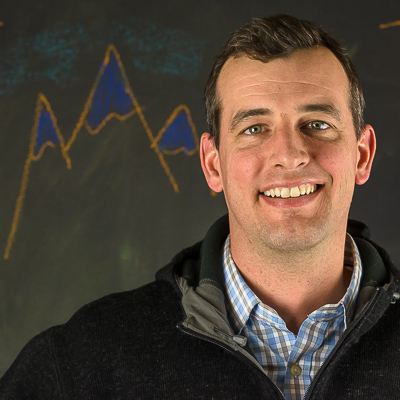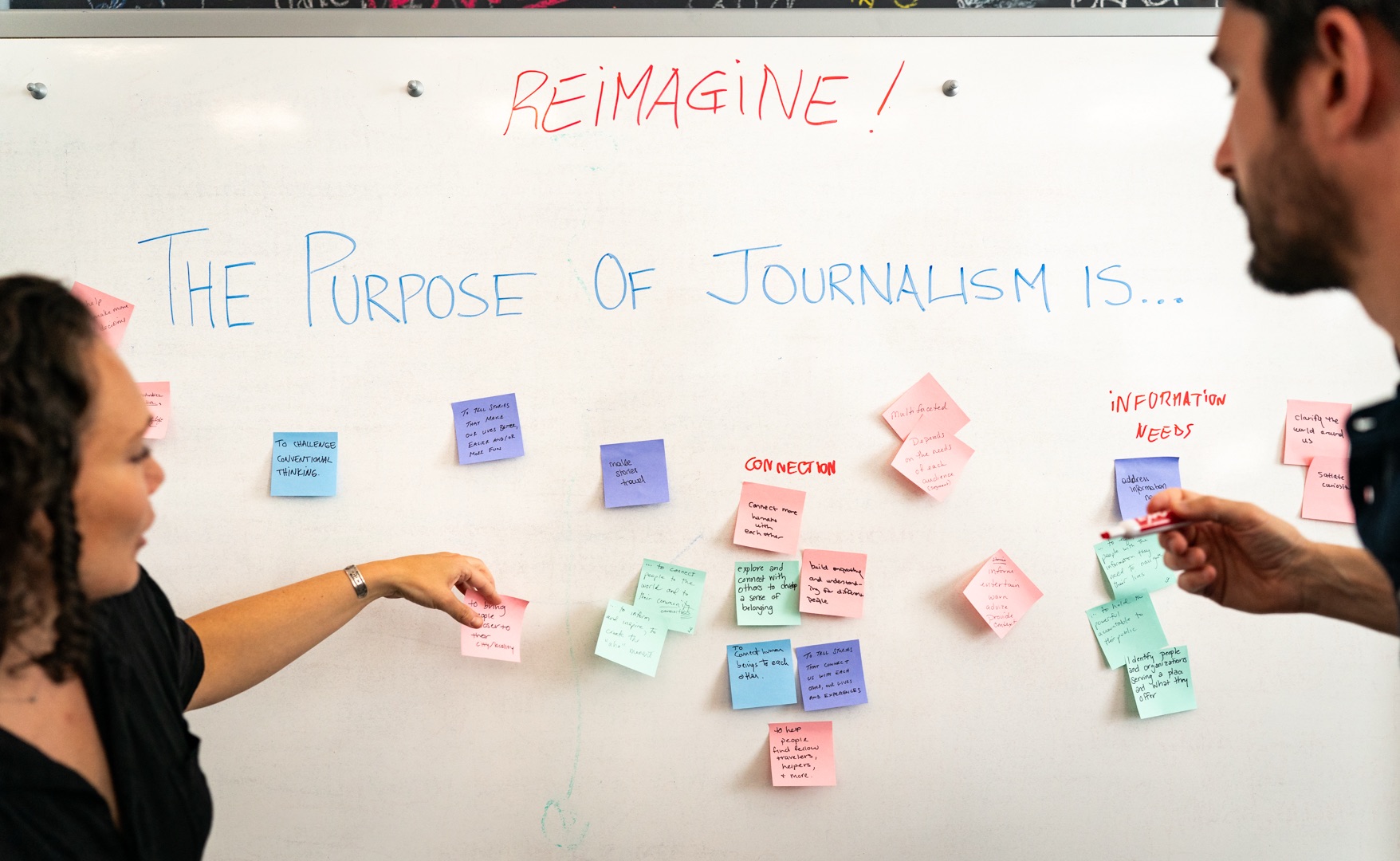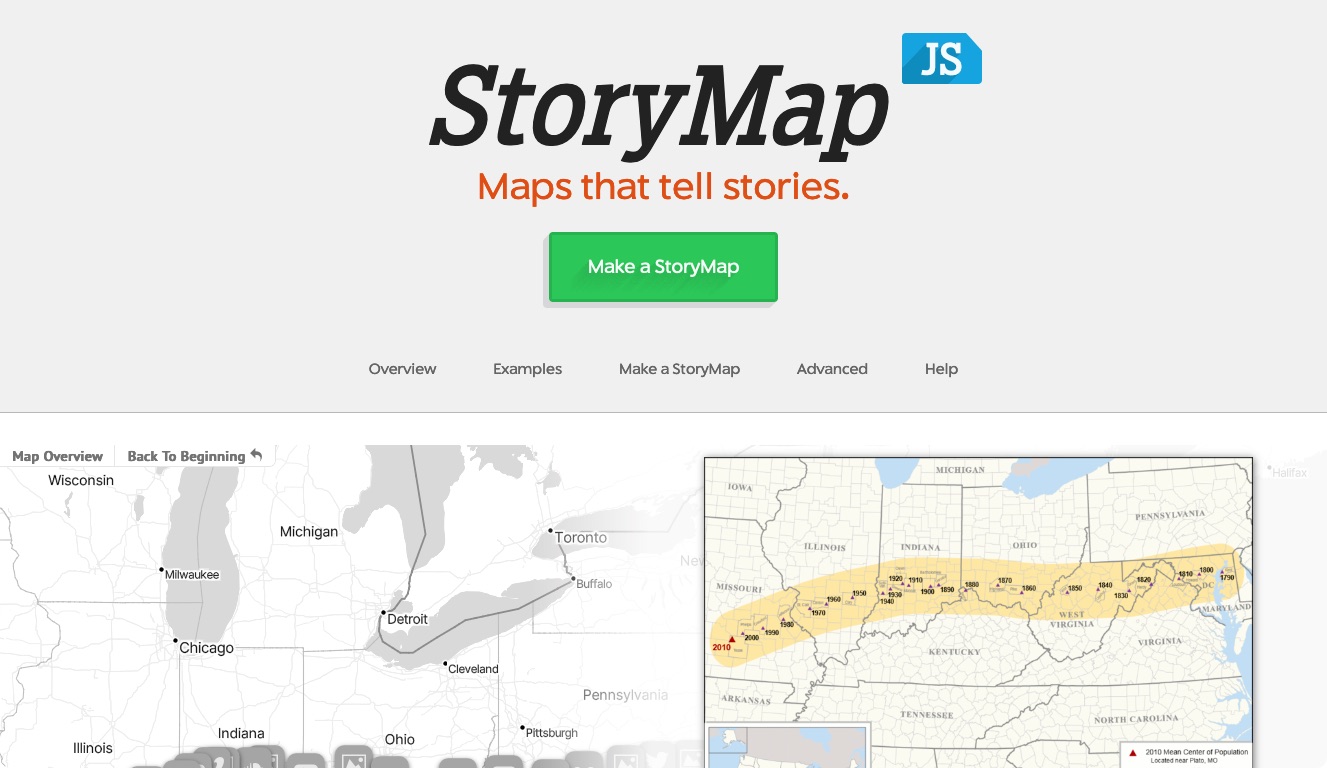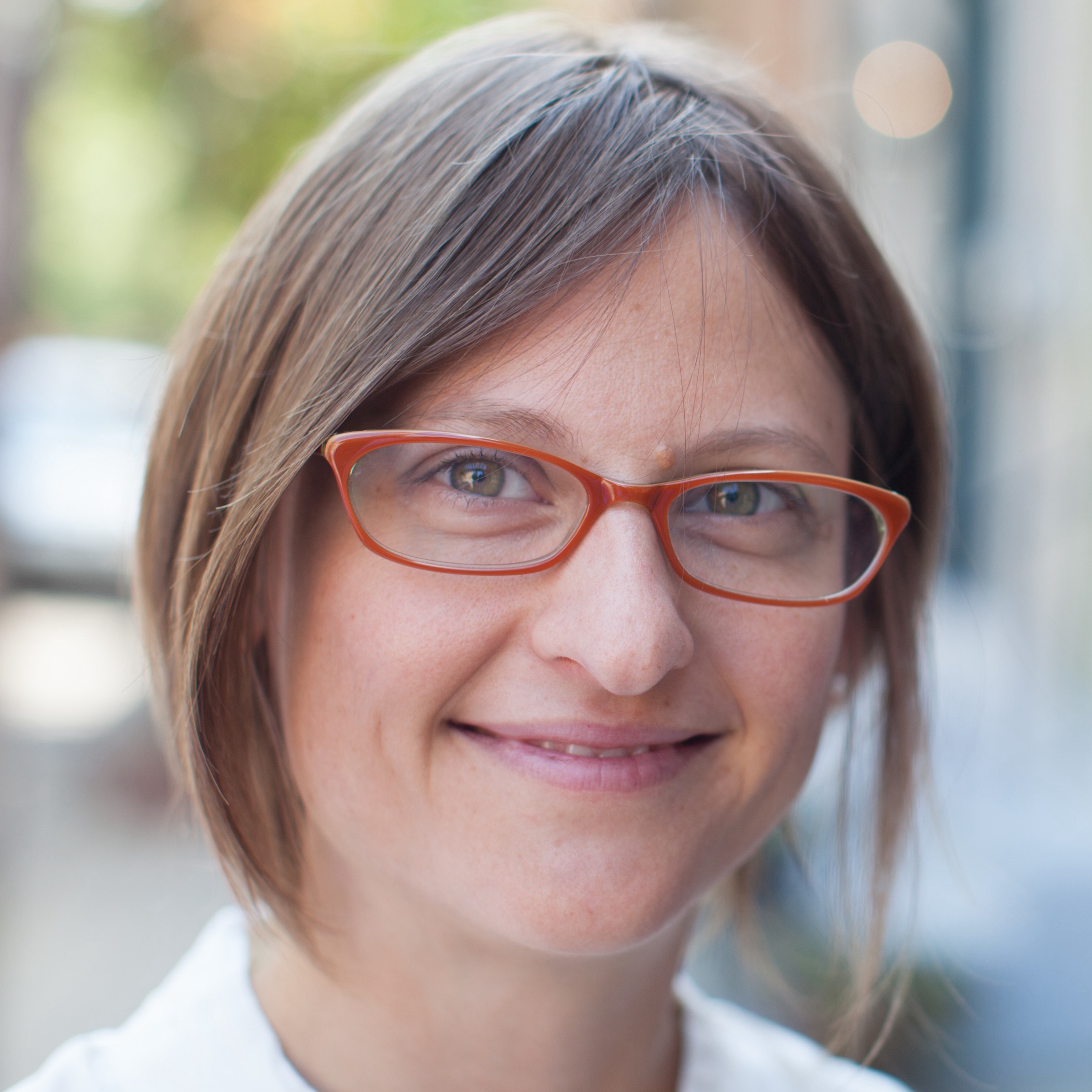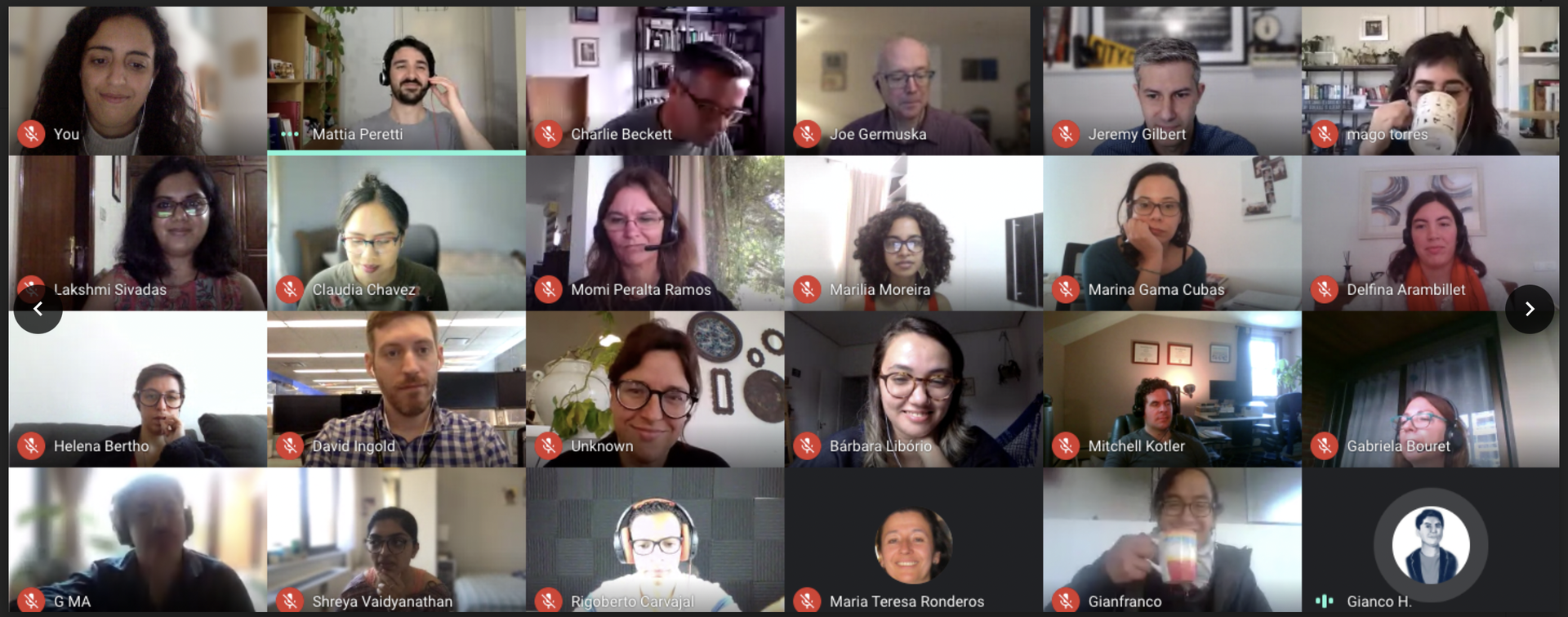Using the theory ‘Hire humans. Not skills. Not roles.’ as inspiration, the Lab’s profiles are Q&As with highly-impressive makers and strategists from media and its fringes, each with unique perspectives on journalism, publishing and communications technology. We’re talking to smart people who are shaping the future of media. Not all of them work in a newsroom, not all are big names, not all have fancy titles, but each is a bright person with something to say. Catch up and/or follow the series here.
I first met Mohamed Haddad two years ago at a media conference in Doha, the purpose of which was to discuss the ways in which technology was affecting media. At the time, few people had a better view of those changes than Haddad. The "Arab Spring" was in full bloom and Haddad’s employer, Al Jazeera, was at the center of it, covering revolutions relentlessly as country after country faced demonstrations — Tunisia, Egypt, Yemen, Bahrain, Syria, and more. With few reporters on the ground in some of these countries, networks often relied on new technology — specifically social media — to get first-person accounts. Here, Haddad talks about working at Al Jazeera during the revolutions and his transition from general technologist to editorial technologist.
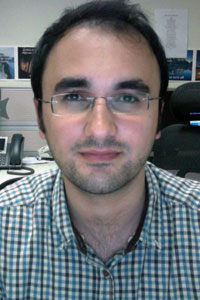
Ryan: Tell us a little about yourself, your role at Al Jazeera and your experience prior to jointing that team.
Mohammed: I’m Palestinian South African and have been with Al Jazeera for a little over two years now. I work as an interactive producer for the website focusing on data driven storytelling. My background is in computer science and information systems. Prior to joining Al Jazeera I was involved in crowdsourcing research and application in Africa.
You work in a part of the world that's seen many historic news events and big changes in media recently, what's that experience been like?
Mohammed: I was very fortunate to join Al Jazeera in 2011 just at the time of Egypt’s revolution. The energy was tremendous. I think we all had a sense of how big of a moment in history that was going to be. For me, being fresh in the news business, it didn’t take long to see how the combination of traditional media and technology was able to impact hundreds of millions of people in the region.
What has changed since you started working?
Mohammed: At the time, technology disruption to the media space meant that new newsroom tools had to be developed almost overnight to keep up with real time services such as Twitter. The concept of live blogging was relatively new and was something that Al Jazeera strongly embraced. Now, there is a good range of tools available to journalists to take advantage of live social media conversations. This means that news organizations can be a bit more proactive in how they approach reporting.
Why is technology important to the media industry?
Mohammed: Communication is at the very heart of media. Technology provides the means to communicate. Everyone should read Nick Diakopolous’s “Cultivating the landscape of innovation in computational journalism”
Who is the most creative technologist out there right now?
Mohammed: I’m a fan of the work of Simon Rogers, former Guardian Datablog editor and newly minted data editor at Twitter. There are many exceptional technologists out there, but I think being an editorial technologist is a very powerful combination.
What companies or media outlets that we might not know about are doing exciting, innovative media, tech work?
Mohammed: Locally, the Qatar Computing Research Institute (QCRI) is doing a lot of work in media research and innovation. They have quite an extensive innovation branch which looks at a variety of fields including Arabic language technologies, data analytics, and social computing. Al Jazeera has worked with them on several projects to develop tools to enhance our journalism processes. The Institute’s Carlos Castillo keeps a great blog that looks at applied social computing in the news context.
How can people use technology to create change in the world?
Mohammed: For most people the responsibility lies in sharing truthful messages using technology. For developers there are always opportunities to improve upon existing tools to better pass on that message.
If you could design a technology that would solve any problem in the world, what would it be?
Mohammed: Technology alone doesn’t solve problems, but I’d like to design a platform to better manage crowd-sourced information.
What is the biggest tech challenge that media companies will face over the next 5 years?
Mohammed: Monetization is one of the biggest challenges for many news organizations and doing that will depend in part on another big challenge — measuring impact and reach on a very decentralized web. Apart from that, keeping up with technology platforms, specifically how journalism workflows are impacted is something the industry ought to consider as big data finds its way into the newsroom. And finally, social media verification and data interpretation is something that many media companies will have to embrace.
What do you read/watch/consume religiously?
Mohammed: I’m a regular attendee of O’Reilly Webcasts. I’ve got quite a good collection of Javascript books and bookmarks, which I enjoy learning from for new projects. Also, I’m quite a fan of Google Fusion Tables that I’ve used since day one.
What applications do you have open while you're working?
Mohammed: I have a 27-inch iMac at work. On the top left of the screen I have Twitter and Chartbeat pinned as tabs. Google analytics is just a bookmark away. For projects, I use TextWrangler or Sublime Text, Photoshop or Illustrator, and usually Chrome and Firefox with a couple dozen tabs open.
What could the world use a little more of?
Mohammed: Patience.
What could the world use a little less of?
Mohammed: Impatience.
About the author
